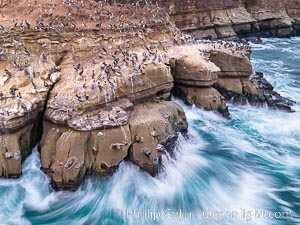
Brown Pelicans on Goldfish Point in La Jolla, time exposure blurs the large waves, aerial photograph. In the summer we used to jump off the cliff (the "Clam") in front of the twin cave entrances seen at middle-right.
Species: Brown Pelican, Pelecanus occidentalis, Pelecanus occidentalis californicus
Location: La Jolla, California
Image ID: 38865
Species: Brown Pelican, Pelecanus occidentalis, Pelecanus occidentalis californicus
Location: La Jolla, California
Image ID: 38865
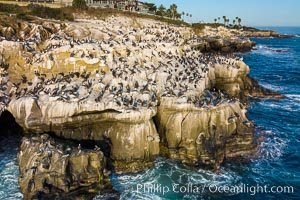
Brown Pelicans gather in large numbers on coastal cliffs, Goldfish Point near the Clam in La Jolla. Aerial photograph.
Species: Brown Pelican, Pelecanus occidentalis, Pelecanus occidentalis californicus
Location: La Jolla, California
Image ID: 37954
Species: Brown Pelican, Pelecanus occidentalis, Pelecanus occidentalis californicus
Location: La Jolla, California
Image ID: 37954
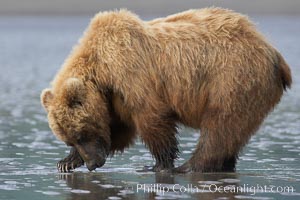
Coastal brown bear forages for razor clams in sand flats at extreme low tide. Grizzly bear.
Species: Brown bear, Ursus arctos
Location: Lake Clark National Park, Alaska
Image ID: 19140
Species: Brown bear, Ursus arctos
Location: Lake Clark National Park, Alaska
Image ID: 19140
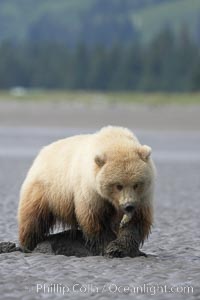
Juvenile female brown bear forages for razor clams in sand flats at extreme low tide. Grizzly bear.
Species: Brown bear, Ursus arctos
Location: Lake Clark National Park, Alaska
Image ID: 19141
Species: Brown bear, Ursus arctos
Location: Lake Clark National Park, Alaska
Image ID: 19141
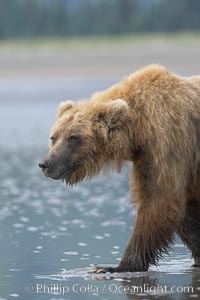
Coastal brown bear forages for razor clams in sand flats at extreme low tide. Grizzly bear.
Species: Brown bear, Ursus arctos
Location: Lake Clark National Park, Alaska
Image ID: 19152
Species: Brown bear, Ursus arctos
Location: Lake Clark National Park, Alaska
Image ID: 19152
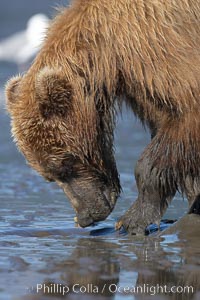
Coastal brown bear forages for razor clams in sand flats at extreme low tide. Grizzly bear.
Species: Brown bear, Ursus arctos
Location: Lake Clark National Park, Alaska
Image ID: 19168
Species: Brown bear, Ursus arctos
Location: Lake Clark National Park, Alaska
Image ID: 19168
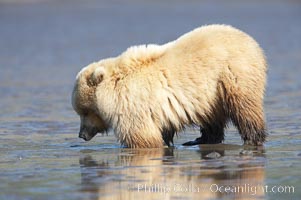
Juvenile female brown bear forages for razor clams in sand flats at extreme low tide. Grizzly bear.
Species: Brown bear, Ursus arctos
Location: Lake Clark National Park, Alaska
Image ID: 19175
Species: Brown bear, Ursus arctos
Location: Lake Clark National Park, Alaska
Image ID: 19175
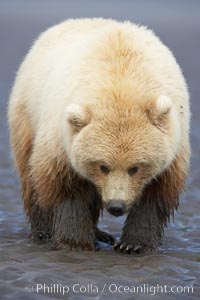
Juvenile female brown bear forages for razor clams in sand flats at extreme low tide. Grizzly bear.
Species: Brown bear, Ursus arctos
Location: Lake Clark National Park, Alaska
Image ID: 19182
Species: Brown bear, Ursus arctos
Location: Lake Clark National Park, Alaska
Image ID: 19182
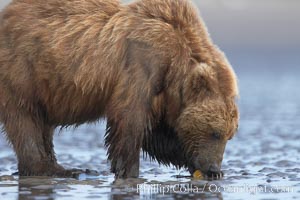
Coastal brown bear forages for razor clams in sand flats at extreme low tide. Grizzly bear.
Species: Brown bear, Ursus arctos
Location: Lake Clark National Park, Alaska
Image ID: 19207
Species: Brown bear, Ursus arctos
Location: Lake Clark National Park, Alaska
Image ID: 19207
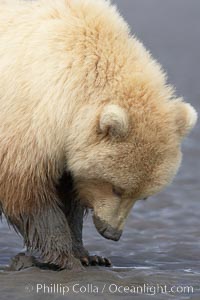
Juvenile female brown bear forages for razor clams in sand flats at extreme low tide. Grizzly bear.
Species: Brown bear, Ursus arctos
Location: Lake Clark National Park, Alaska
Image ID: 19208
Species: Brown bear, Ursus arctos
Location: Lake Clark National Park, Alaska
Image ID: 19208
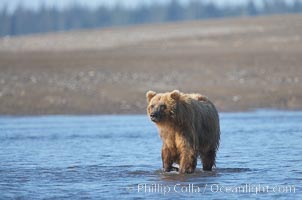
Coastal brown bear forages for razor clams on mud flats at extreme low tide.
Species: Brown bear, Ursus arctos
Location: Silver Salmon Creek, Lake Clark National Park, Alaska
Image ID: 19222
Species: Brown bear, Ursus arctos
Location: Silver Salmon Creek, Lake Clark National Park, Alaska
Image ID: 19222
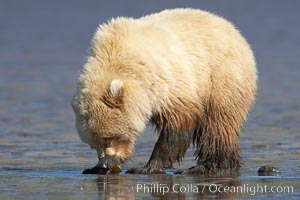
Coastal brown bear forages for razor clams on mud flats at extreme low tide.
Species: Brown bear, Ursus arctos
Location: Lake Clark National Park, Alaska
Image ID: 19224
Species: Brown bear, Ursus arctos
Location: Lake Clark National Park, Alaska
Image ID: 19224
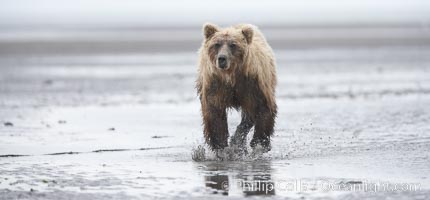
Coastal brown bear forages for razor clams on mud flats at extreme low tide.
Species: Brown bear, Ursus arctos
Location: Lake Clark National Park, Alaska
Image ID: 19226
Species: Brown bear, Ursus arctos
Location: Lake Clark National Park, Alaska
Image ID: 19226
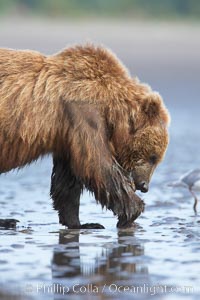
Coastal brown bear forages for razor clams on mud flats at extreme low tide.
Species: Brown bear, Ursus arctos
Location: Lake Clark National Park, Alaska
Image ID: 19229
Species: Brown bear, Ursus arctos
Location: Lake Clark National Park, Alaska
Image ID: 19229
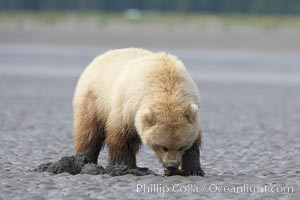
Coastal brown bear forages for razor clams on mud flats at extreme low tide.
Species: Brown bear, Ursus arctos
Location: Lake Clark National Park, Alaska
Image ID: 19230
Species: Brown bear, Ursus arctos
Location: Lake Clark National Park, Alaska
Image ID: 19230
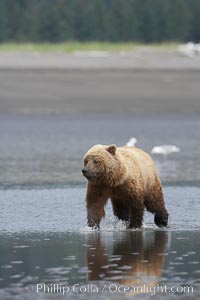
Coastal brown bear forages for razor clams on mud flats at extreme low tide.
Species: Brown bear, Ursus arctos
Location: Lake Clark National Park, Alaska
Image ID: 19231
Species: Brown bear, Ursus arctos
Location: Lake Clark National Park, Alaska
Image ID: 19231
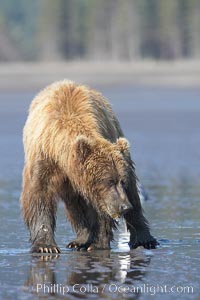
Coastal brown bear forages for razor clams in sand flats at extreme low tide. Grizzly bear.
Species: Brown bear, Ursus arctos
Location: Lake Clark National Park, Alaska
Image ID: 19241
Species: Brown bear, Ursus arctos
Location: Lake Clark National Park, Alaska
Image ID: 19241
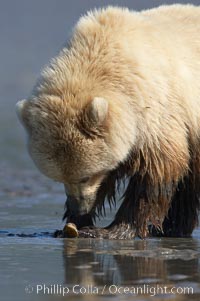
Juvenile female brown bear forages for razor clams in sand flats at extreme low tide. Grizzly bear.
Species: Brown bear, Ursus arctos
Location: Lake Clark National Park, Alaska
Image ID: 19246
Species: Brown bear, Ursus arctos
Location: Lake Clark National Park, Alaska
Image ID: 19246
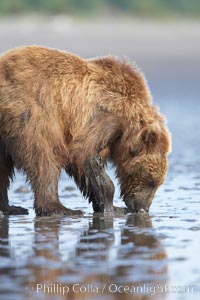
Coastal brown bear forages for razor clams in sand flats at extreme low tide. Grizzly bear.
Species: Brown bear, Ursus arctos
Location: Lake Clark National Park, Alaska
Image ID: 19254
Species: Brown bear, Ursus arctos
Location: Lake Clark National Park, Alaska
Image ID: 19254
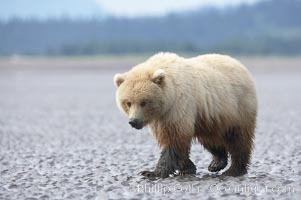
Juvenile female brown bear forages for razor clams in sand flats at extreme low tide. Grizzly bear.
Species: Brown bear, Ursus arctos
Location: Lake Clark National Park, Alaska
Image ID: 19255
Species: Brown bear, Ursus arctos
Location: Lake Clark National Park, Alaska
Image ID: 19255
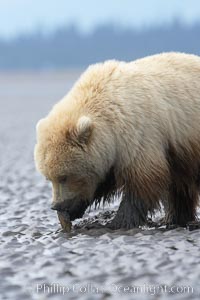
Juvenile female brown bear forages for razor clams in sand flats at extreme low tide. Grizzly bear.
Species: Brown bear, Ursus arctos
Location: Lake Clark National Park, Alaska
Image ID: 19256
Species: Brown bear, Ursus arctos
Location: Lake Clark National Park, Alaska
Image ID: 19256
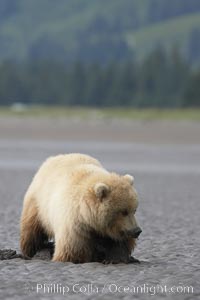
Juvenile female brown bear forages for razor clams in sand flats at extreme low tide. Grizzly bear.
Species: Brown bear, Ursus arctos
Location: Lake Clark National Park, Alaska
Image ID: 19257
Species: Brown bear, Ursus arctos
Location: Lake Clark National Park, Alaska
Image ID: 19257
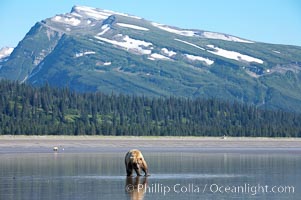
Coastal brown bear forages for razor clams on mud flats at extreme low tide.
Species: Brown bear, Ursus arctos
Location: Lake Clark National Park, Alaska
Image ID: 19165
Species: Brown bear, Ursus arctos
Location: Lake Clark National Park, Alaska
Image ID: 19165
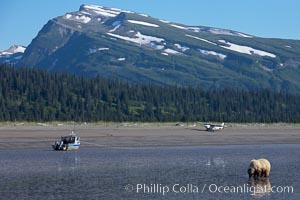
Coastal brown bear forages for razor clams on mud flats at extreme low tide.
Species: Brown bear, Ursus arctos
Location: Lake Clark National Park, Alaska
Image ID: 19221
Species: Brown bear, Ursus arctos
Location: Lake Clark National Park, Alaska
Image ID: 19221
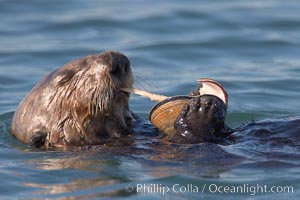
A sea otter eats a clam that it has taken from the shallow sandy bottom of Elkhorn Slough. Because sea otters have such a high metabolic rate, they eat up to 30% of their body weight each day in the form of clams, mussels, urchins, crabs and abalone. Sea otters are the only known tool-using marine mammal, using a stone or old shell to open the shells of their prey as they float on their backs.
Species: Sea otter, Enhydra lutris
Location: Elkhorn Slough National Estuarine Research Reserve, Moss Landing, California
Image ID: 21612
Species: Sea otter, Enhydra lutris
Location: Elkhorn Slough National Estuarine Research Reserve, Moss Landing, California
Image ID: 21612
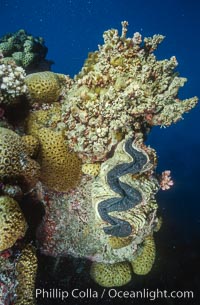
Tridacna clams, Rose Atoll, American Samoa.
Location: Rose Atoll National Wildlife Refuge, American Samoa
Image ID: 00748
Location: Rose Atoll National Wildlife Refuge, American Samoa
Image ID: 00748
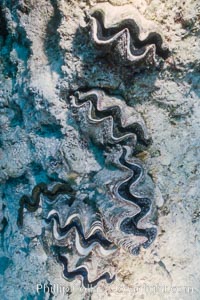
Tridacna clams, Rose Atoll, American Samoa.
Location: Rose Atoll National Wildlife Refuge, American Samoa
Image ID: 00753
Location: Rose Atoll National Wildlife Refuge, American Samoa
Image ID: 00753
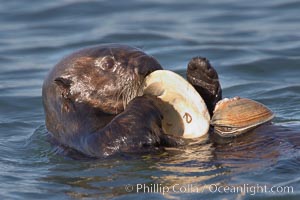
A sea otter eats a clam that it has taken from the shallow sandy bottom of Elkhorn Slough. Because sea otters have such a high metabolic rate, they eat up to 30% of their body weight each day in the form of clams, mussels, urchins, crabs and abalone. Sea otters are the only known tool-using marine mammal, using a stone or old shell to open the shells of their prey as they float on their backs.
Species: Sea otter, Enhydra lutris
Location: Elkhorn Slough National Estuarine Research Reserve, Moss Landing, California
Image ID: 21609
Species: Sea otter, Enhydra lutris
Location: Elkhorn Slough National Estuarine Research Reserve, Moss Landing, California
Image ID: 21609
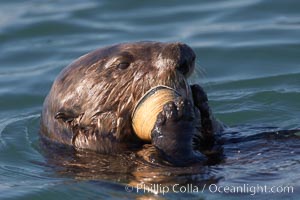
A sea otter eats a clam that it has taken from the shallow sandy bottom of Elkhorn Slough. Because sea otters have such a high metabolic rate, they eat up to 30% of their body weight each day in the form of clams, mussels, urchins, crabs and abalone. Sea otters are the only known tool-using marine mammal, using a stone or old shell to open the shells of their prey as they float on their backs.
Species: Sea otter, Enhydra lutris
Location: Elkhorn Slough National Estuarine Research Reserve, Moss Landing, California
Image ID: 21622
Species: Sea otter, Enhydra lutris
Location: Elkhorn Slough National Estuarine Research Reserve, Moss Landing, California
Image ID: 21622
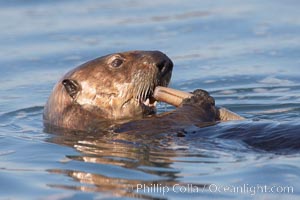
A sea otter eats a clam that it has taken from the shallow sandy bottom of Elkhorn Slough. Because sea otters have such a high metabolic rate, they eat up to 30% of their body weight each day in the form of clams, mussels, urchins, crabs and abalone. Sea otters are the only known tool-using marine mammal, using a stone or old shell to open the shells of their prey as they float on their backs.
Species: Sea otter, Enhydra lutris
Location: Elkhorn Slough National Estuarine Research Reserve, Moss Landing, California
Image ID: 21640
Species: Sea otter, Enhydra lutris
Location: Elkhorn Slough National Estuarine Research Reserve, Moss Landing, California
Image ID: 21640